Where is my father?
exhibition-conference
Curators: Anya Belousova, Andrey Andreev
Participants: Yuri Albert, APXIV, Svetlana Baskova, Marat Guelman,
Alisa Joffe, Sergey Katran, Nils Kjeldsen, Roman Minaev, Ivan Novikov,
Anatoly Osmolovsky, Andrey Parshikov, Pakhom, Irina Saminskaya,
Egor Sofronov.
Performative part: band Sturm, Boris Konakov
Coordinators: Galia Luppo, Anna Kiyaschenko
Laika Gallery, 2019
«WHERE IS MY FATHER?» is an exhibition-conference
devoted to the post-truth phenomenon.
When a question such as the one in the title arises, a truthful
answer becomes virtually impossible.
Richard Schechner suggests studying the act of 9/11 from the
perspective of avant-garde performance art, which allows to
analyze its spatial and temporal structure, which includes not
only the action itself, but the preparation and consequences
- the life of the event in the Web, on television, and in the
imagination.
Continuing this logic, we have chosen the object of study of an
art exhibition as an event-duration-performance. The existence
of the exhibition as a media event is opposed to the offline
meeting-vernissage, and the virtual representation replaces the
participation of the artist.
The project raises questions about the identity of the curator
and the artist in post-media time, the ethical position of the
curator and ways to generate interest in the exhibition (the
familiarity of the artists’ names, the popularity of the theme,
friendships, PR work).
The curators and coordinators of the project used their
personal offline and online acquaintances and friendships to
invite them to the exhibition. Letters were sent to prospective
participants (the most visible agents of contemporary art in
the media field) with an open request to participate in the fake
conference. Then, in the group https://www.facebook.com/
events/370624870311570/?__mref=mb posts of collages were
posted with photos of participants and specially written texts to
them, collected from interviews, publications, correspondence
in social networks and other sources found on the Internet. The
organizers of the project made a re-post of each publication,
be sure to mark the participants, so that as many friends as
possible from social networks could learn about the exhibition.
On September 11, the event itself took place. Screenshots of
correspondence with contemporary art agents were exhibited
on the walls of the space. The names of those who did not
agree to participate were closed.
Instead of a round table, a pool of water was prepared for the
curators, coordinators and guest performers. Anyone attending
the conference could take a dip and discuss post-truth issues.
Declared participants were present as portrait stickers.
Everyone could stick one of the characters on themselves or
take one home.
exhibition-conference
Curators: Anya Belousova, Andrey Andreev
Participants: Yuri Albert, APXIV, Svetlana Baskova, Marat Guelman,
Alisa Joffe, Sergey Katran, Nils Kjeldsen, Roman Minaev, Ivan Novikov,
Anatoly Osmolovsky, Andrey Parshikov, Pakhom, Irina Saminskaya,
Egor Sofronov.
Performative part: band Sturm, Boris Konakov
Coordinators: Galia Luppo, Anna Kiyaschenko
Laika Gallery, 2019
«WHERE IS MY FATHER?» is an exhibition-conference
devoted to the post-truth phenomenon.
When a question such as the one in the title arises, a truthful
answer becomes virtually impossible.
Richard Schechner suggests studying the act of 9/11 from the
perspective of avant-garde performance art, which allows to
analyze its spatial and temporal structure, which includes not
only the action itself, but the preparation and consequences
- the life of the event in the Web, on television, and in the
imagination.
Continuing this logic, we have chosen the object of study of an
art exhibition as an event-duration-performance. The existence
of the exhibition as a media event is opposed to the offline
meeting-vernissage, and the virtual representation replaces the
participation of the artist.
The project raises questions about the identity of the curator
and the artist in post-media time, the ethical position of the
curator and ways to generate interest in the exhibition (the
familiarity of the artists’ names, the popularity of the theme,
friendships, PR work).
The curators and coordinators of the project used their
personal offline and online acquaintances and friendships to
invite them to the exhibition. Letters were sent to prospective
participants (the most visible agents of contemporary art in
the media field) with an open request to participate in the fake
conference. Then, in the group https://www.facebook.com/
events/370624870311570/?__mref=mb posts of collages were
posted with photos of participants and specially written texts to
them, collected from interviews, publications, correspondence
in social networks and other sources found on the Internet. The
organizers of the project made a re-post of each publication,
be sure to mark the participants, so that as many friends as
possible from social networks could learn about the exhibition.
On September 11, the event itself took place. Screenshots of
correspondence with contemporary art agents were exhibited
on the walls of the space. The names of those who did not
agree to participate were closed.
Instead of a round table, a pool of water was prepared for the
curators, coordinators and guest performers. Anyone attending
the conference could take a dip and discuss post-truth issues.
Declared participants were present as portrait stickers.
Everyone could stick one of the characters on themselves or
take one home.

